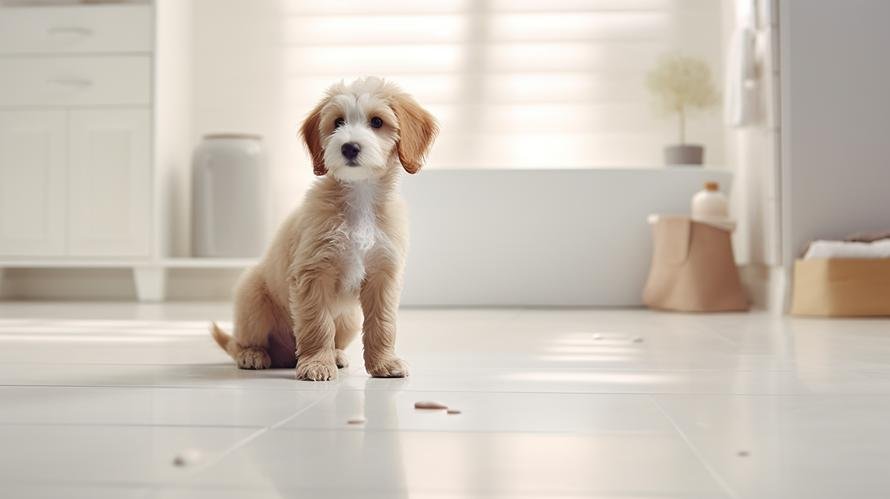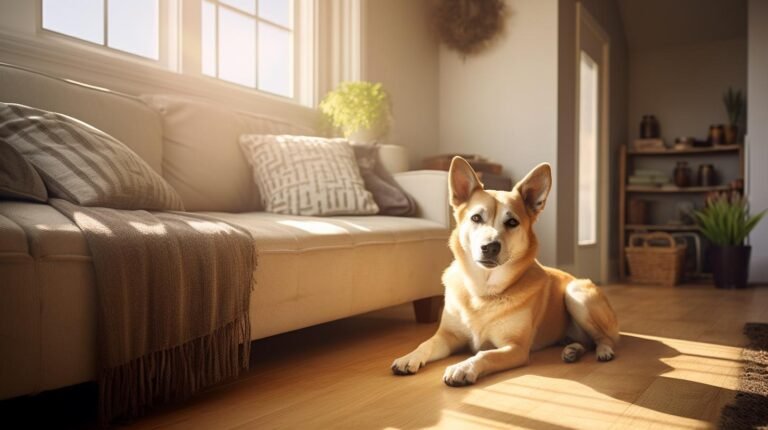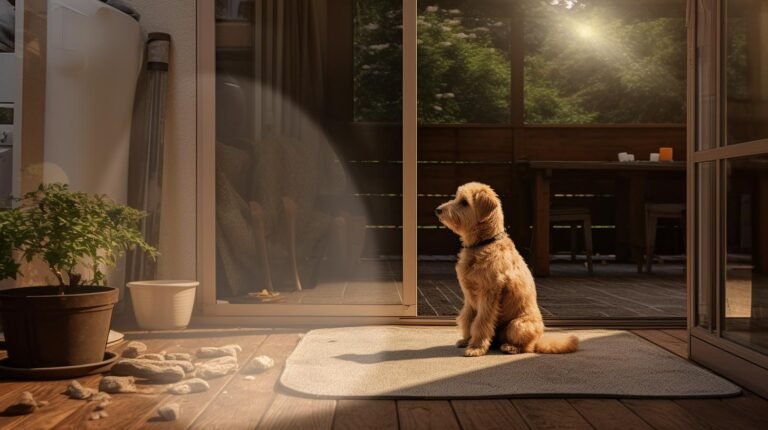Pooch psychology. Not exactly a topic you’ll find on most banner headlines. Yet, you’ll be surprised at the layers of complexity that define your furry friend’s mentality. Just as intriguing as deciphering human brain processes, understanding your dog’s behavior is a challenge for many pet owners. One behavior that baffles many is a dog’s reaction to pee pads, an item marketed as a convenient solution for housetraining issues. Well, this article offers some interesting insights and advice that just might help you navigate this tricky terrain more effectively.
Pee pads are a commonly touted toilet-training remedy for our four-legged friends. Yet, these ostensible blessings in disguise could be toiling an unnoticed havoc on your pet’s comprehension of acceptable relieving locations and habits.
Surprising, isn’t it? Its human equivalent would be toilet-training a baby with a portable potty, and then attempting to transition to a regular toilet – a process which could result in confusion and slow down progress. While experts are yet to conclusively draw the line of where pee pads fit in a dog’s understanding of toilet training, evidence points to a significant influence on a dog’s behavior and habits.
Research has revealed that dogs are creatures of habit and consistency, thriving on stability and clear-fcut rules. Hence, the introduction of pee pads as a potty solution might disrupt their understanding of where and when to relieve themselves. This becomes even more consequential when trying to transition them to outdoor relieving as the dog might not distinguish between the pad and your favorite rug.
Additionally, dogs have an evolved sense of smell and territorial instincts. When they use pee pads indoors, the scent might make them form territorial boundaries around it. They consider the house their territory and may develop a habit of marking within it, making the process of transitioning to outdoor potty a mountainous task.
However, not all hope is lost, and pee pads may still be useful tools in specific circumstances, such as for apartment dwelling dogs, elderly dogs with mobility problems or for times when taking the dog outdoors is impossible.
For tiny apartment-dwelling canines, pee pads might be indispensable as access to a garden is impossible and frequent outdoor excursions impractical. For these dogs, the confusing part isn’t the pad – it’s how we use them. The trick is to ensure consistency, designate an area specifically for the pad, and avoid moving it around. This introduces the concept of a permanent ‘bathroom area’ within the home, reducing probability of marking other places.
For the aging or incapacitated dogs, mobility could be an issue. Pee pads can provide a simpler and more comfortable solution. They save the elderly hounds the pain and hassle of navigating their less-than-co-operative hips and legs out the door several times a day.
As for the circumstances that stand beyond our control, such as extreme weather conditions or during times when the dog is unable to go outside, pee pads can be used as temporary stop-gaps. In these scenarios, make sure to return to your regular routine soon as possible to avoid confusing your dog.
Remember, how we use a tool is as crucial as the tool itself. Used correctly, pee pads can be an invaluable resource. A modicum of strategy, combined with understanding your dog’s needs is key here. Think of it as a game of chess, but with your canine pal. It’s your move!
So, do pee pads confuse dogs? The answer would be intriguingly both yes and no. They could, if used inconsistently or without proper strategy. On the other hand, they might prove beneficial when used correctly in specific circumstances. It boils down to the owner’s discernment in leveraging the tool that drastically impacts its efficacy.
Much like any other aspect of caring for your pet, the correct use of pee pads also requires a degree of time, patience, consistency and understanding from you, the owner. With this in mind, you’re now better equipped to make an informed decision about whether or not to use pee pads, and how to do so without causing confusion and dilemma in your dog’s mind.
While all this might seem a bit tricky, remember the most important thing – your unconditional love and care is what your furry friend values the most!



